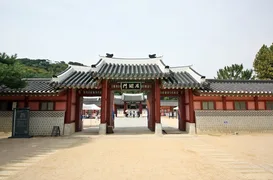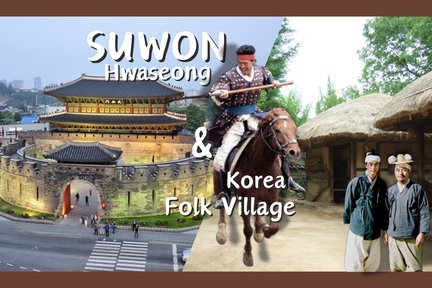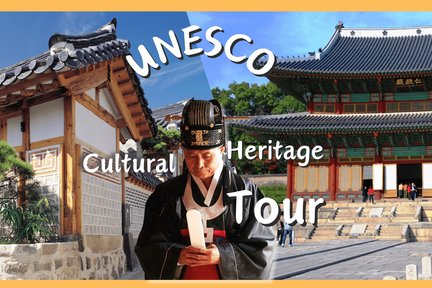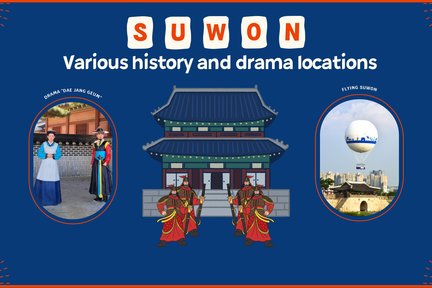Hwaseong Palace

The best of Hwaseong Palace
Bucket-list experiences
Make it a getaway
Why people love Hwaseong Palace
Nearby places to go
FAQs about Hwaseong Palace
When is the best time to visit Hwaseong Palace in Gyeonggi-do?
How can I get to Hwaseong Palace from Seoul?
What should I wear when visiting Hwaseong Palace?
Are there any guided tours available at Hwaseong Palace?
What local cuisine should I try when visiting Suwon near Hwaseong Palace?
What to know before visiting Hwaseong Palace
Remarkable Landmarks and Must-Visit Sights
Hwaseong Fortress Wall
The fortress wall stretches 5.74 kilometers and varies between 4 and 6 meters in height. It encloses 1.3 square kilometers of land and features parapets made of stone and brick. The entire circuit can be walked easily, offering stunning views and a sense of the fortress's scale.
The Four Main Gates
The fortress has four main gates: Janganmun (north), Hwaseomun (west), Paldalmun (south), and Changnyongmun (east). Janganmun is the largest gate in Korea, and each gate is encircled by miniature fortresses manned by guards.
Haenggung Palace
Located within the fortress, Haenggung Palace was built to house King Jeongjo during his visits to Suwon. It features 22 buildings arranged in a rectangular layout and was used for various royal functions, including the 60th birthday celebration of King Jeongjo's mother.
Cultural and Historical Significance
Hwaseong Fortress was built by King Jeongjo to honor his father, Prince Sado, and to prepare for a potential move of the capital from Seoul to Suwon. The fortress incorporates elements of Korean and Chinese fortress designs and was influenced by the Silhak movement, which emphasized practical learning and the use of science and industry.
Local Cuisine
While visiting Hwaseong Fortress, don't miss out on the local cuisine. Suwon is famous for its delicious galbi (grilled beef ribs), which offers a unique and flavorful dining experience.
Cultural Significance
Hwaseong Haenggung is a UNESCO World Heritage site, renowned for its historical and cultural importance. It served as a royal retreat and a filming location for popular Korean dramas like 'Dae Janggeum' and '2 Days, 1 Night.'
Historical Restoration
The palace, originally built with 600 compartments, was largely destroyed during the Japanese occupation. It was meticulously restored by the residents of Suwon in the 1980s and opened to the public in 2003.
Authenticity and Integrity
Despite some damage during the Korean War, the fortress has been meticulously restored in accordance with international conservation principles. The walls, gates, and other elements preserve their authenticity, making Hwaseong a genuine historical site.
Protection and Management
Hwaseong Fortress is protected under the Cultural Heritage Protection Act and managed by the Suwon Hwaseong Management Foundation. Regular monitoring, conservation work by certified specialists, and a 24-hour surveillance system ensure the site's preservation.



